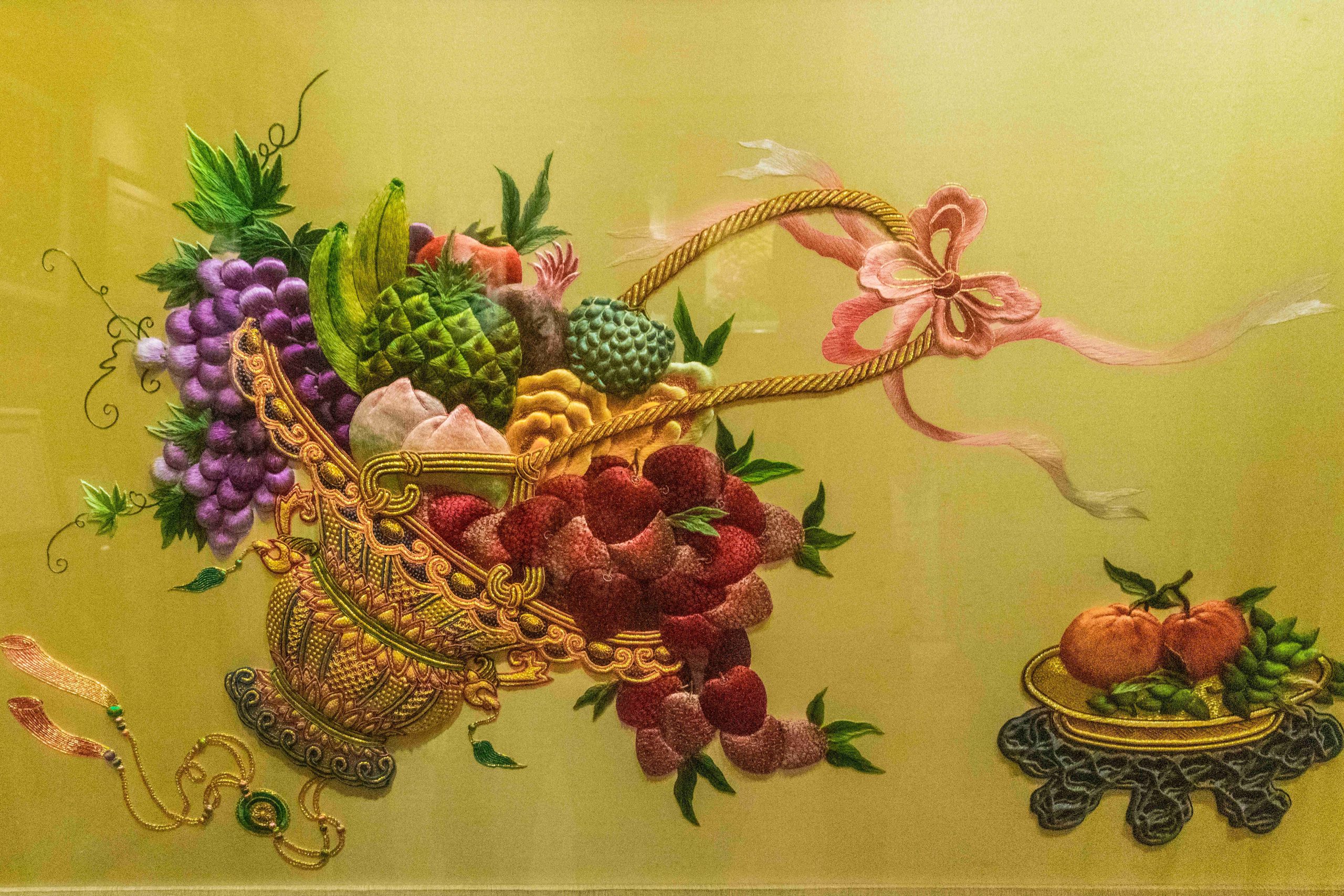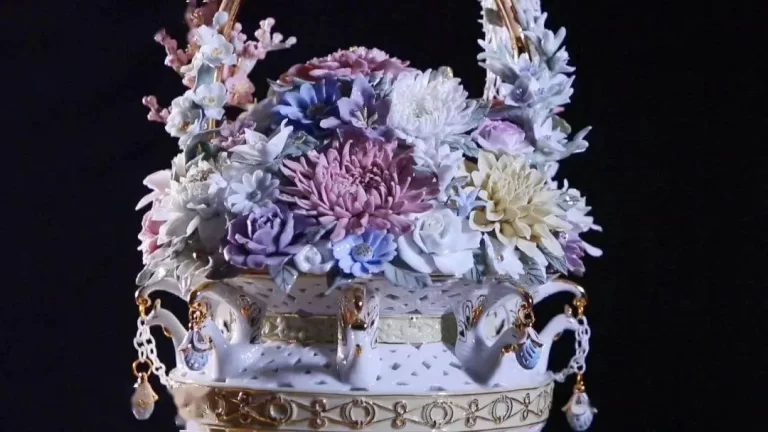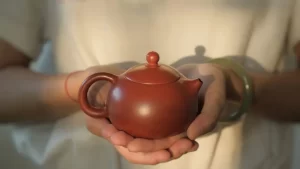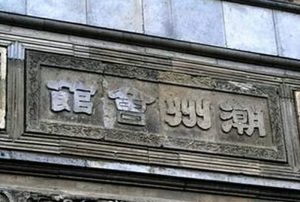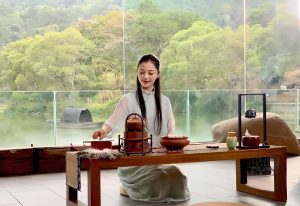Chao embroidery is mainly distributed in the Chaoshan area at the easternmost point of Guangdong ,China (including Chaozhou City, Shantou City, and Jieyang City). Chao embroidery has disappeared in Shantou and Jieyang, and its origin is limited to the current city of Chaozhou.
The History of Chao Embroidery
Chao embroidery had already appeared in the Chaozhou area during the Tang Dynasty . It had formed a style by the Ming Dynasty.
Embroidery is used for costumes, props, temple decorations, etc. Since the Qing Dynasty, women in Chaozhou have been diligent in weaving. When a woman reaches the age of eleven or twelve, her mother becomes a pre-made wedding dress. Every household knows how to weave embroidery. Chaoembroidery has various varieties, such as velvet embroidery, nail gold embroidery, gold velvet mixed embroidery, thread embroidery, etc.
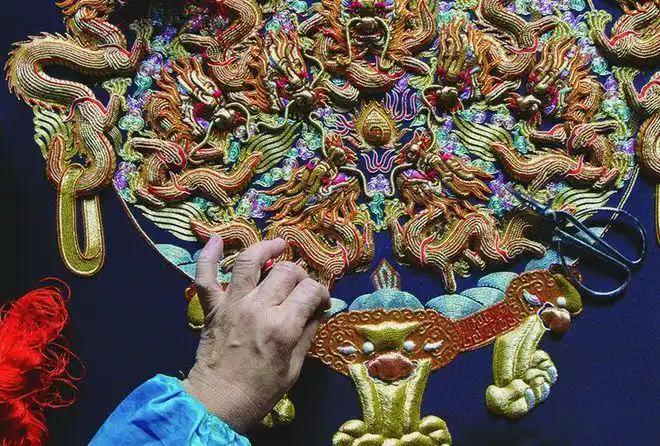
Yue embroidery, along with Su embroidery, Xiang embroidery, and Shu embroidery, are known as the four famous embroidery styles in China.
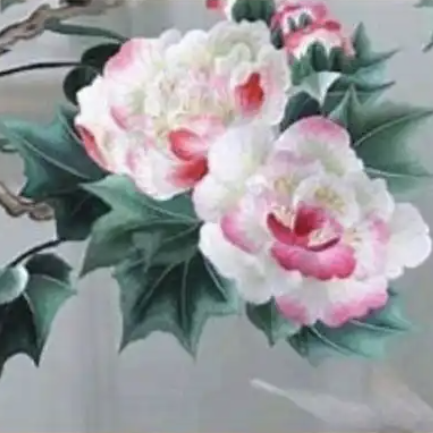
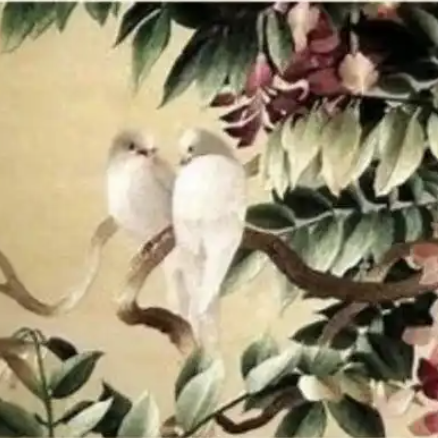
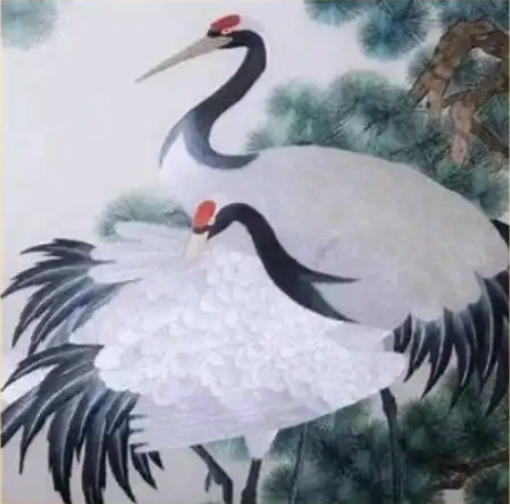
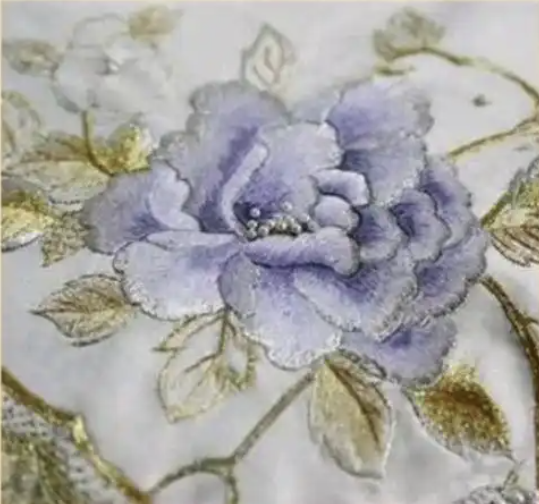
Chao embroidery is a branch of Yue embroidery. It stands out among many embroidery styles in China. Its patterns are rigorous and well-structured. The colours used are rich and magnificent. It combines gold, silver, and woollen threads. This mix creates a strong decorative effect.

Chao embroidery is themed around dragons, phoenixes, flowers, birds, animals, and aquatic characters. Its finished products are mostly used as daily necessities, sacrificial offerings, appreciation items, theatrical costumes, and accessories. Its embroidery techniques can be divided into five types: embroidery, padding, pasting, splicing, and embellishment. There are more than 200 types of needlework techniques, including hexagonal three-fold stepping needle brocade, padded cotton over the gold needle, double Ding scale, and padded embroidery chrysanthemum scales.
On May 20, 2006, Yue embroidery (Chao embroidery) was approved by the State Council to be included in the first batch of the national intangible cultural heritage list, with project number VII-20.
The production of Chao embroidery
According to embroidery techniques, it can be divided into four categories: velvet, thread embroidery, gold and silver thread embroidery, and gold velvet mixed embroidery. The specific methods include embroidery, padding, pasting, splicing, and embellishment, with more than 200 needlework techniques. Embroidery is used for costumes, props, temple decorations, etc.
Dingjin embroidery, also known as gold and silver embroidery, Gold velvet mixed embroidery, is mainly made of gold and silver threads, with yarn as a supplement.
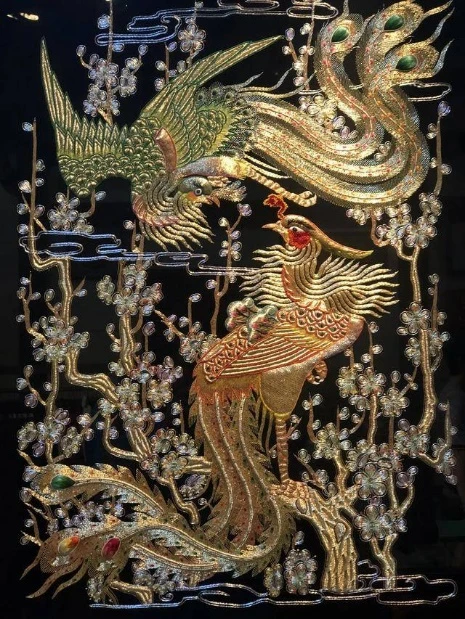
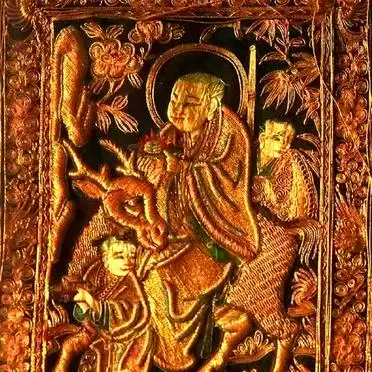
Velvet embroidery, on various silk, satin, and satin fabrics, uses flat embroidery techniques to embroider flat images with velvet.
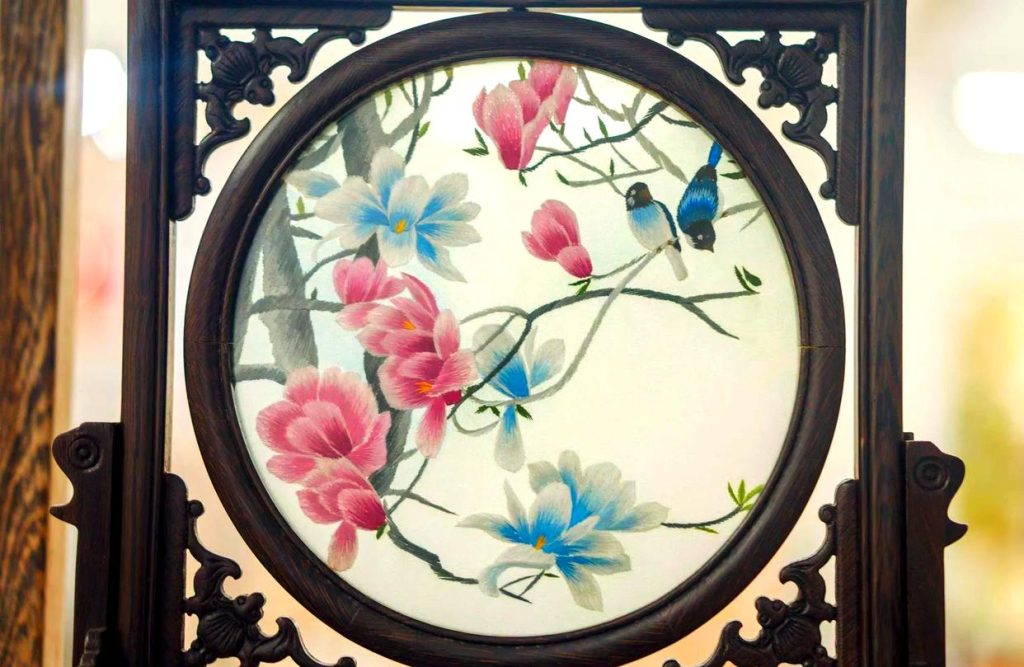
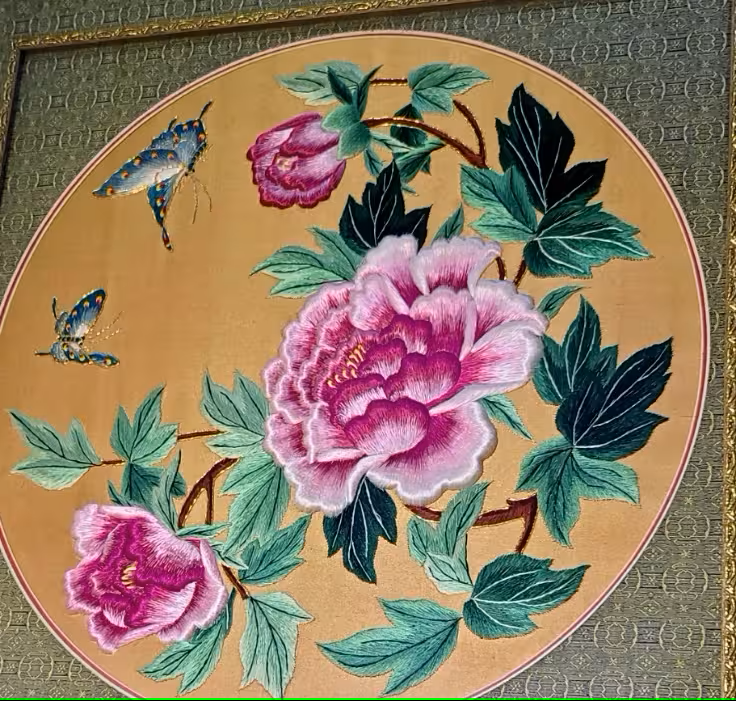
Thread embroidery. Purely embroidered with silk thread on a flat surface.
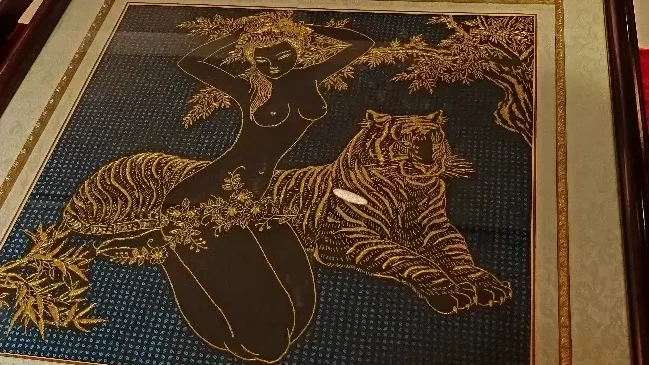
Chaozhou embroidery is a craft derived from Chaozhou embroidery, which combines traditional Chaozhou embroidery techniques with European embroidery techniques. In the twelfth year of the Guangxu reign of the Qing Dynasty (1886), the wife of a German pilot stationed in Shantou discovered the reference value of Chaozhou embroidery during her missionary work. Therefore, she imparted some of her knowledge and skills in embroidery to female believers and made embroidery products such as hand towels. In the future, embroiderers will combine the technique of drawing threads with Chaozhou embroidery, and through continuous exploration and practice, this combination of Chinese and Western techniques will be called Chaozhou drawing threads.
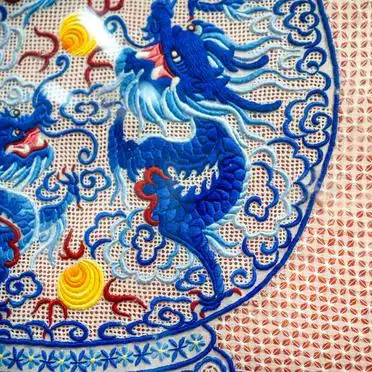
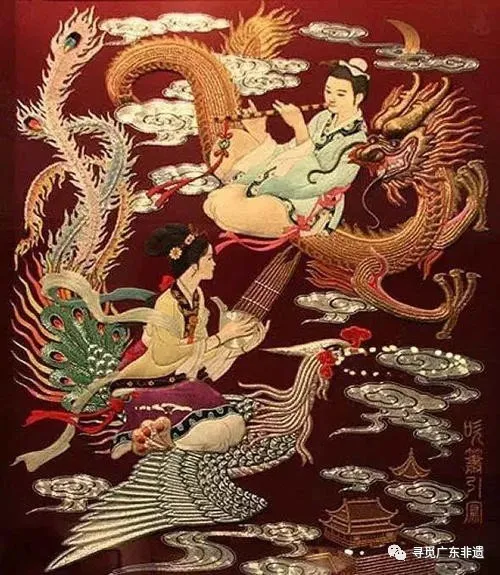
The Inheritance of Chao Embroidery
Chaoshan embroidery is experiencing dynamic revitalization through innovative applications and cross-disciplinary integration. Notably, its application in bridal wear exemplifies the fusion of tradition and modernity.
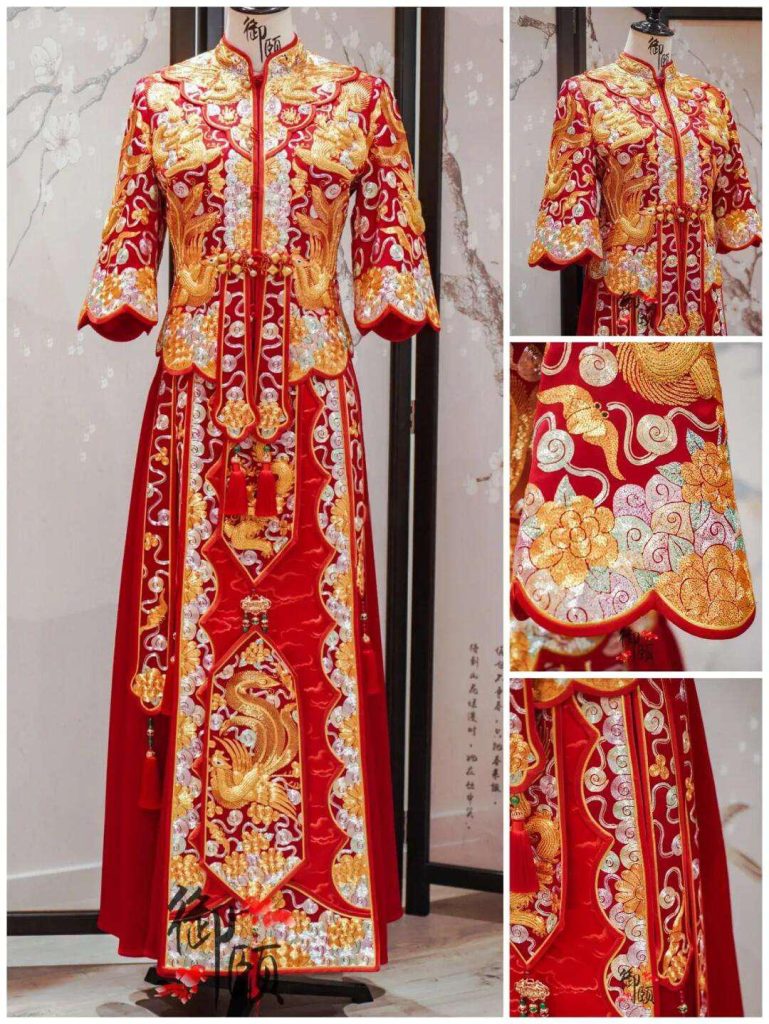
Chaoxiu has become a hallmark of luxury in bridal couture, particularly in the production of traditional Xiuhua (秀禾服) and modern wedding gowns. Over 500 wedding dress enterprises in Chaozhou utilize Chaoxiu techniques to craft intricate floral patterns, dragon-phoenix motifs, and 3D padded embroidery, creating garments that embody cultural symbolism and opulence.
For instance, master embroiderer Kang Huifang integrates Chaoxiu with Western-style silhouettes, resulting in internationally acclaimed designs exported to 20+ countries. The sector generated ¥1.188 billion in exports in 2022 alone, solidifying Chaozhou’s status as “China’s Wedding Dress Capital.”
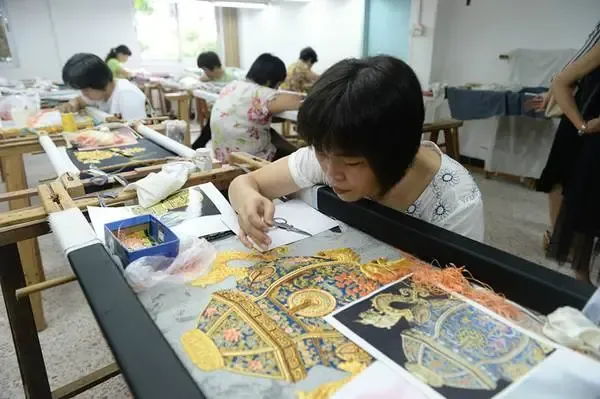
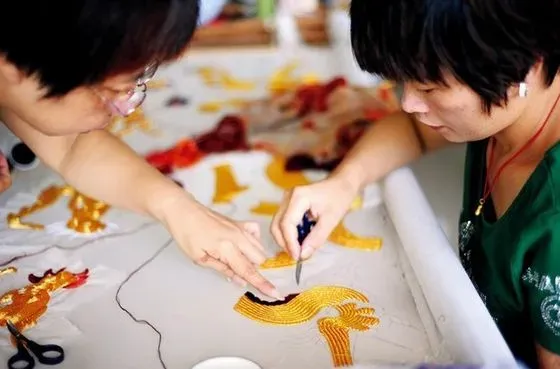
As a pinnacle of Chinese intangible heritage, Chaozhou embroidery bridges tradition and modernity. From Tang Dynasty origins to global bridal couture and digital innovation, its golden threads weave cultural pride. Today, it thrives as both a cultural ambassador and a testament to timeless craftsmanship in the digital age.
